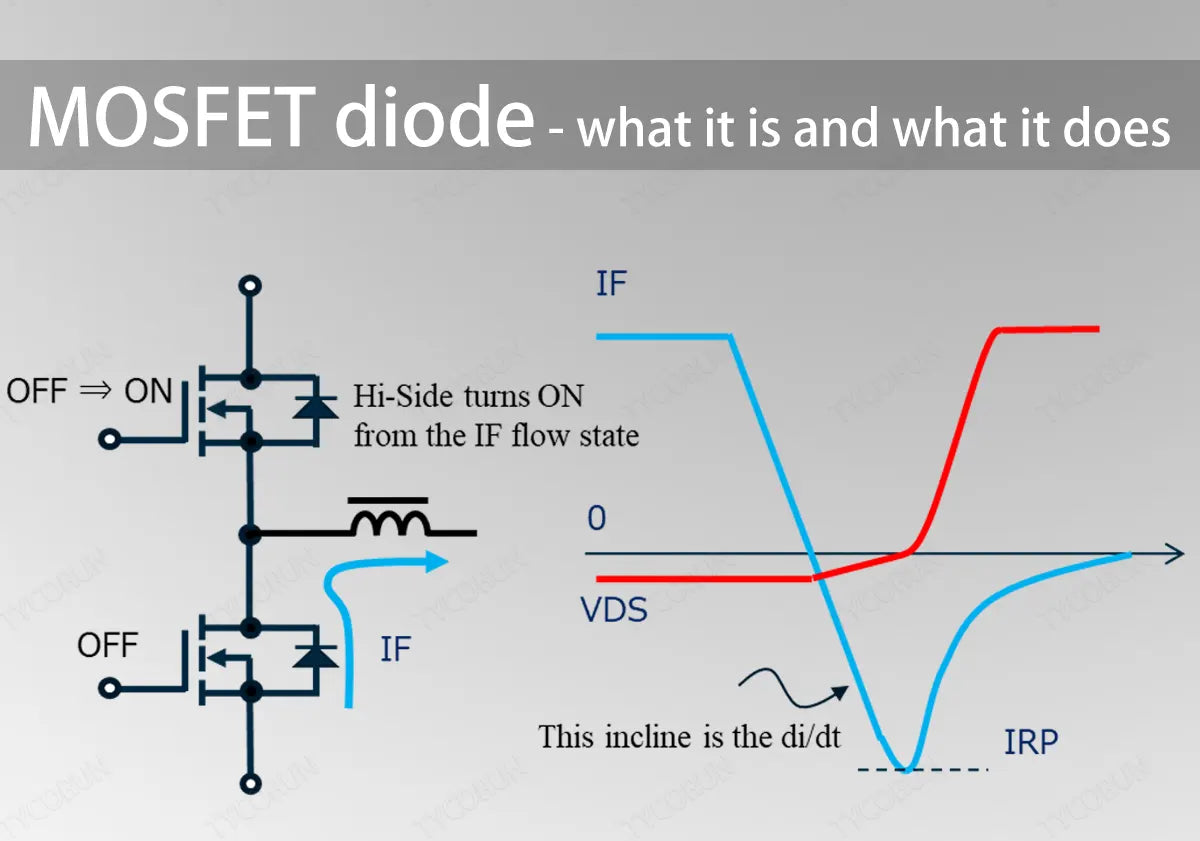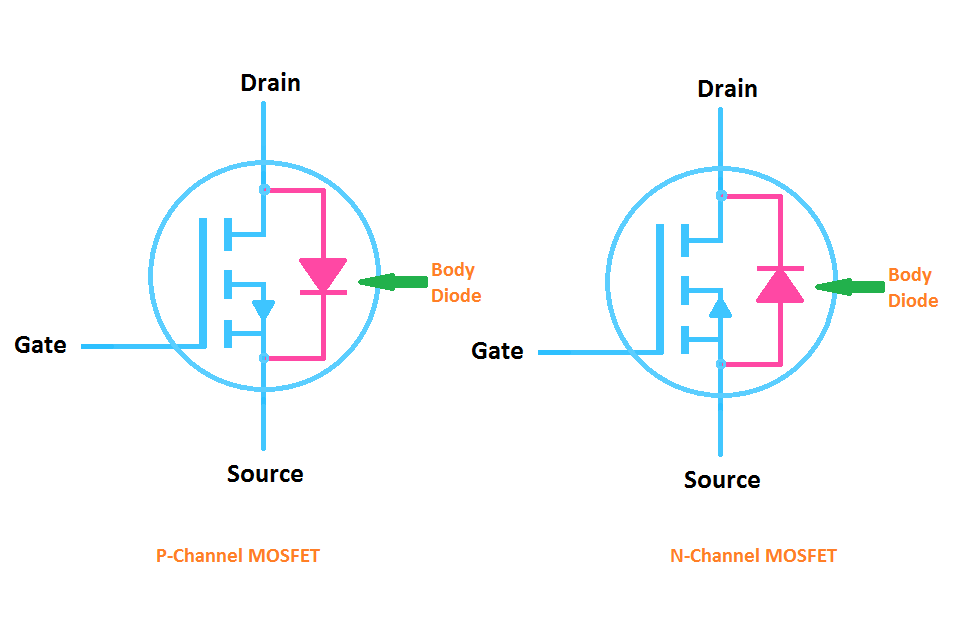So you know how I’ve been messing around with switching circuits lately? Decided to build this buck converter from scratch using MOSFETs. Everything looked perfect on paper – calculated all the resistances, picked a sweet MOSFET model, even ordered fancy capacitors. Hooked it up to the breadboard, powered it on… and frying electronics smell filled my garage immediately. Damn it.

Stared at the charred mess for like twenty minutes before realizing something. My circuit had this inductive load – an old motor I salvaged. When I switched off the MOSFET, the motor should’ve let its energy flow back through… but nowhere to go? Magic smoke show. That’s when my buddy Jim reminded me: “You forgot the body diode exists in that MOSFET, dummy!”
What Even Is This Parasitic Thing?
See here’s the dumb part – I knew MOSFETs have that built-in diode between source and drain. Always treated it like some annoying appendix you ignore. During normal operation, it just sits there doing squat. But when my circuit needed reverse current flow? Suddenly this “body diode” became VIP.
- Tried testing it with power supply set to 5V feeding backwards
- Without triggering the gate, the diode just kicked in automatically
- Measured 0.7V drop across it – classic silicon diode behavior
Grabbed my whiteboard and drew the equivalent circuit: MOSFET + free unwanted diode piggybacking. When my motor coil discharged, voltage spiked like crazy. Without the diode giving that energy a safe path? Kaboom city.
Why It Matters In Real Life
Built three identical test circuits after that:
1. First one with the MOSFET body diode intact

2. Second with external diode added parallel to MOSFET
3. Third with no diode path at all
The third one exploded just like my prototype – obviously. The first two? Both worked but with key differences. The dedicated external Schottky diode performed better with only 0.3V drop. But here’s the kicker: the body diode version still saved the circuit despite higher loss.
This changes everything for designs:

- Inductive loads like motors or solenoids? Body diode saves your ass
- Synchronous rectification setups? You gotta account for its stupid voltage drop
- Any switching circuit? Diode can cause sneaky reverse current flow
Nearly wrecked my oscilloscope probes measuring the flyback spikes too. Without that ugly little parasitic diode, my garage bench would look like a firework factory accident. Bottom line? That built-in diode ain’t optional baggage – it’s your circuit’s silent bodyguard against electrical chaos.

